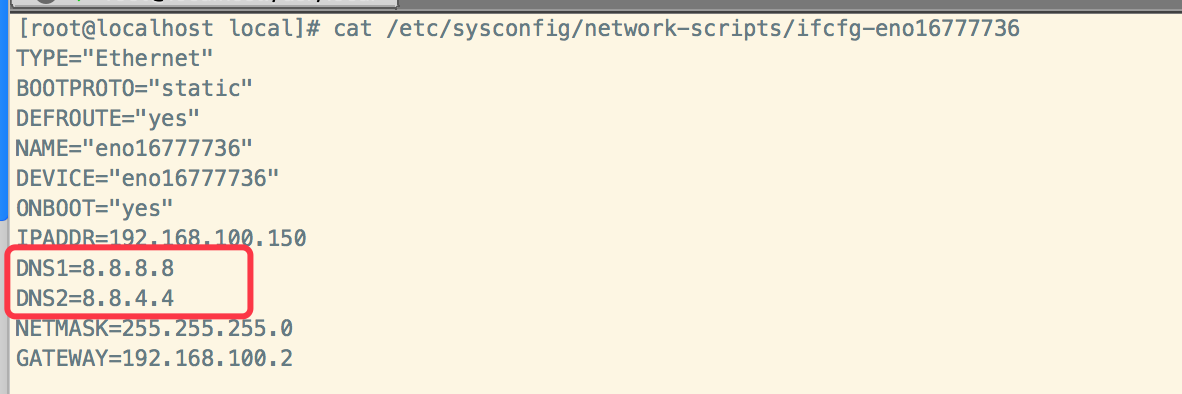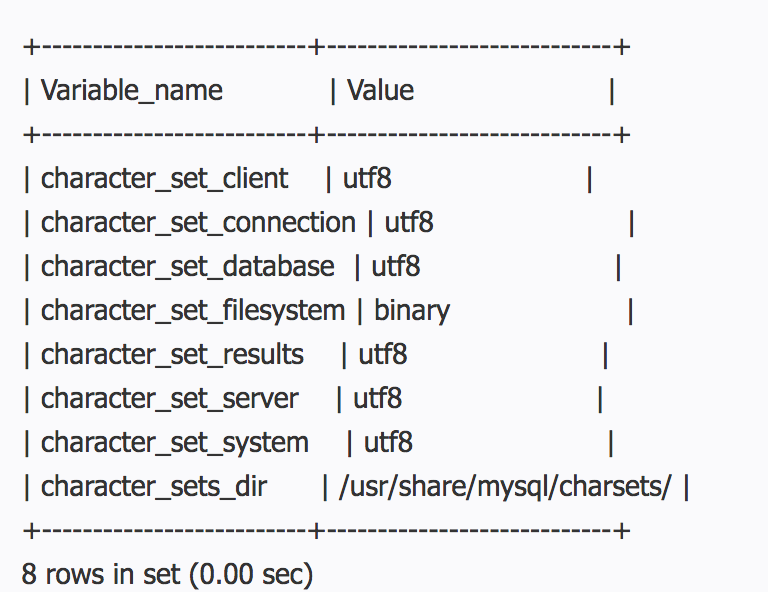CentOS中升级mariadb为10.1GA版本。
1、如果有,停止服务
systemctl stop mariadb
2、卸载原来的数据库服务
yum -y remove mari*
3、删除数据库文件
rm -rf /var/lib/mysql/*
4.创建/etc/yum.repos.d/MariaDB.repo文件
[mariadb]name = MariaDBbaseurl = http://yum.mariadb.org/10.1/centos7-amd64/gpgkey=https://yum.mariadb.org/RPM-GPG-KEY-MariaDBgpgcheck=1
配置系统网络:

yum clean all
yum makecache
5、安装MariaDB
yum -y install mariadb mariadb-server
6、启动MariaDB
systemctl start mariadb
7、设置开机启动
systemctl enable mariadb
8、接下来进行MariaDB的相关简单配置
mysql_secure_installation
首先是设置密码,会提示先输入密码
Enter current password for root (enter for none): {回车}
Set root password? [Y/n] {是否设置root用户密码,输入y并回车或直接回车}
New password: {设置root用户的新密码}
Re-enter new password:{确认密码}
Remove anonymous users? [Y/n] {是否删除匿名用户,回车}
Disallow root login remotely? [Y/n] {是否禁止root远程登录, 输入n回车}
Remove test database and access to it? [Y/n] {是否删除test数据库}
Reload privilege tables now? [Y/n] {是否重新加载权限表}
9、配置MariaDB的字符集
vi /etc/my.cnf
在[mysqld]标签下添加
init_connect='SET collation_connection = utf8_unicode_ci' init_connect='SET NAMES utf8' character-set-server=utf8collation-server=utf8_unicode_ciskip-character-set-client-handshake
vi /etc/my.cnf.d/client.cnf
在[client]中添加
default-character-set=utf8
vi /etc/my.cnf.d/mysql-clients.cnf
在[mysql]中添加
default-character-set=utf8
10、全部配置完成,重启mariadb
systemctl restart mariadb
11、登录mariadb
mysql -u root -p
输入刚才设置的密码进行登录
12、验证设置的字符集
show variables like "%character%";

show variables like "%collation%";

字符集配置完毕
13、添加用户,设置权限
创建用户命令
mysql>create user username@localhost identified by 'password';
直接创建用户并授权的命令
mysql>grant all on *.* to username@localhost identified by 'password';
这里我们执行下面这条授权即可
授予外网登陆权限 第一个root 代表用户名第二个root 代表该用户名对应的密码
mysql>grant all privileges on *.* to root@'%' identified by 'root';
授予权限并且可以授权
mysql>grant all privileges on *.* to username@'hostname' identified by 'password' with grant option;
简单的用户和权限配置基本就这样了。
其中只授予部分权限把 其中 all privileges或者all改为select,insert,update,delete,create,drop,index,alter,grant,references,reload,shutdown,process,file其中一部分。
本文链接:https://kinber.cn/post/1284.html 转载需授权!
推荐本站淘宝优惠价购买喜欢的宝贝:

 支付宝微信扫一扫,打赏作者吧~
支付宝微信扫一扫,打赏作者吧~

